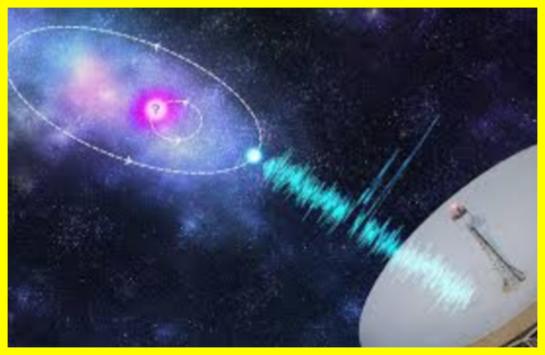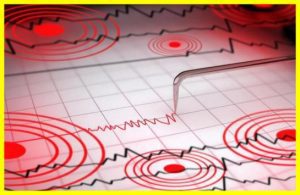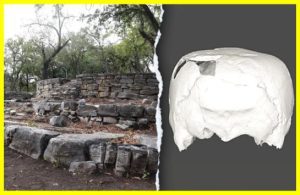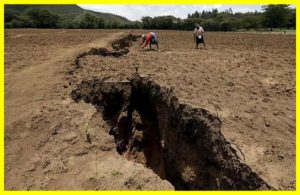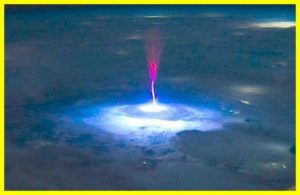Scientists have caught a cosmic radio signal from the distant past
Scientists from the University of Cambridge found that with the help of radio signals, they can determine the mass of the first stars that appeared shortly after the Big Bang.
The work is published in the journal Nature Astronomy.
It is about the so-called 21-centimeter signal – a weak radio emission from hydrogen atoms, which appeared more than 13 billion years ago.
This signal carries traces of how the first stars and black holes affected the surrounding space.
According to astronomers, analyzing this radiation will help us understand how the first “dawn” – the light of the first stars – appeared in the universe and how darkness was replaced by light.
The researchers have developed a model that shows how the mass of the first stars – the so-called Population III stars – affects the shape and strength of the 21-centimeter signal.
Unlike modern telescopes such as James Webb’s, which capture images of distant galaxies, radio telescopes analyze faint signals using statistics.
They do not “see” individual stars but allow us to obtain information about entire stellar populations.
The authors of the work noted that previous studies underestimated the impact of double star systems, where one of the stars has already turned into a black hole or neutron star and the other has not yet.
